‘Get Me Roger Stone’: What to Make of the ‘Dirty Trickster’s’ Indictment
The indictment alleges that Stone and WikiLeaks were together coordinating between the Russian government and the Trump campaign over the release of information stolen by the Kremlin.
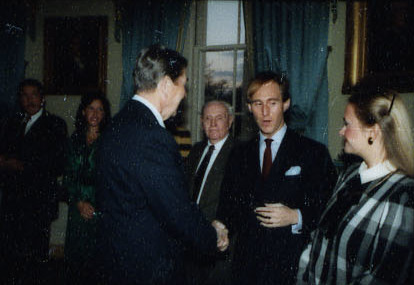
Published by The Lawfare Institute
in Cooperation With

The White House line throughout L’Affaire Russe has been that there was “NO COLLUSION” between the Trump campaign and Russia. Days before his inauguration, Donald Trump declared on Twitter, “I HAVE NOTHING TO DO WITH RUSSIA - NO DEALS, NO LOANS, NO NOTHING!” In September 2018, he wrote, “Russian Collusion with the Trump Campaign, one of the most successful in history, is a TOTAL HOAX.”
Special Counsel Robert Mueller has never flatly announced that this broad public contention is a lie. He has, rather, meticulously chipped away at it—one indictment at a time, one plea agreement at a time—with the substance of successive prosecutorial actions. First, the court documents related to the plea of Trump campaign foreign policy aide George Papadopoulos were unsealed—telling the story of how Papadopoulos was told by an apparent Russian cutout that the Kremlin had “dirt” on Hillary Clinton in the form of “thousands of emails,” months before the DNC and Podesta emails were leaked to the public. Then came the plea of former Trump national security advisor Michael Flynn in December 2017 on charges of lying to investigators over, among other things, contacts during the presidential transition with Russian officials. Two months later, Mueller unspooled a detailed account of a systematic social media influence operation conducted by an entity owned by a friend of Vladimir Putin’s. In July 2018, Mueller’s office moved the story closer to the Kremlin itself, indicting 12 officials of the GRU, Russia’s military intelligence agency, for hacking and leaking emails from the Democratic National Committee and Clinton campaign chairman John Podesta. Most recently, in the case of one-time Trump attorney Michael Cohen, Mueller has asserted in court documents that the Trump Organization’s efforts to construct a Trump Tower Moscow went on well into the 2016 presidential campaign and detailed the contacts between Trump associates and Russian officials and cutouts on the matter.
Today, the special counsel brought the story inside the Trump campaign, alleging that Roger Stone, longtime gadfly political operative, had acted as a kind of back channel between the campaign and WikiLeaks—funneling information between Julian Assange and senior officials of the Trump campaign about forthcoming releases of purloined emails. No, this is not the smoking gun many have been waiting for. A lot of the information contained in the indictment has been in the press for a while—and in any event, the relationship it alleges between the campaign and the Russian government is a complicated, and somewhat attenuated, one. But if the Roger Stone indictment doesn’t quite allege “collusion” between the Trump campaign and the Russians, it unambiguously alleges—in the language of Robert Mueller’s appointment letter—“links and/or coordination between the Russian government and individuals associated with the campaign of President Donald Trump.” Specifically, the indictment alleges that Stone and WikiLeaks were together coordinating between the Russian government and the Trump campaign over the release of information that, by then, had been publicly reported by Crowdstrike and many press outlets to have been stolen by the Russian government.
Before turning to the big picture, let’s start with what Mueller has alleged against Stone.
The grand jury charges seven crimes. First, it charges Stone with one count of obstruction of a government proceeding, in violation of 18 U.S.C. §1505 and 18 U.S.C. §2, for allegedly giving false and misleading testimony to the House intelligence committee; for allegedly lying about the existence of and failing to produce records responsive to the committee’s requests; for allegedly submitting a letter containing false descriptions of communications with “Person 2” to the committee; and for allegedly attempting to suborn perjury or prevent testimony from “Person 2.” While the document leaves “Person 2” unidentified, he is clearly radio host Randy Credico (and the dog that Stone allegedly threatened to “take … away” from Credico is Credico’s therapy dog Bianca).
Second, the grand jury charges five counts of knowingly making false statements to the House intelligence committee in violation of 18 U.S.C. §1001(a)(2) and 18 U.S.C. §2. Specifically, the indictment alleges that Stone falsely claimed he “did not have emails with third parties about the head of Organization 1”—clearly, from context, WikiLeaks—“and that he did not have any documents, emails, or text messages that refer to [WikiLeaks founder Julian Assange],” whereas in fact he had “sent and received numerous emails and text messages during the 2016 campaign.” The indictment further alleges that Stone testified falsely when he said that his “August 2016 references to being in contact with [Assange] were references to communications” only with Randy Credico; in reality, Stone was allegedly also using “Person 1” as a second intermediary. (Political commentator Jerome Corsi has identified himself as Person 1.) Mueller also alleges that Stone lied when he testified that he did not ask Credico to communicate with Assange or do anything else, when he had, in fact, done so. He claims that Stone made false statements in saying that he did not communicate with Credico “via text message or email about [WikiLeaks],” and when he said that he “had never discussed his conversations” with Credico “with anyone involved in the Trump Campaign.”
The more factually novel aspect of the indictment is what it says about Stone’s interactions with the Trump campaign and his service as an intermediary between the campaign and WikiLeaks—a role of which Stone has sometimes boasted.
The indictment alleges that Stone directed Corsi to “Get to [Assange]” in London, and that Corsi informed Stone about the planned timing of WikiLeaks releases. Corsi responded to Stone’s request by informing him that “Word is friend in embassy plans 2 more dumps. One shortly after I’m back. 2nd in Oct. Impact planned to be very damaging.” On multiple occasions throughout August, Stone stated publicly to reporters and at a public event that he gained this information in communications with Assange—a claim he has subsequently denied. In his House testimony, Stone allegedly falsely claimed that Credico, his other envoy to Assange, was his only intermediary.
The indictment also clearly alleges that Stone himself engaged the campaign over the coming email releases, though the document is cagey as to the identity of those on the Trump campaign who received it. Stone, the government writes, was “contacted by senior Trump Campaign officials” in the summer of 2016 regarding possible future releases by WikiLeaks. Following the first release of emails hacked from the DNC on July 22, 2016, “a senior Trump Campaign official was directed to contact STONE about any additional releases and what other damaging information [WikiLeaks] had regarding the Clinton Campaign. STONE thereafter told the Trump Campaign about potential future releases of damaging material by [WikiLeaks].”
It is not clear who this “senior Trump Campaign official” is, or who may have directed that official to contact Stone. It is also not clear who the “senior Trump Campaign officials” were who contacted Stone. Responding to Stone’s indictment, White House Press Secretary Sarah Sanders said, “This has nothing to do with the president and certainly nothing to do with the White House.”
The document also alleges communications between Stone and a “high-ranking Trump Campaign official”—probably a different person—whom the government alleges wrote Stone a message reading, “well done,” following the initial release of emails hacked from Podesta on Oct. 7. The identity of that “high-ranking” campaign official is no secret: at least if one believes the New York Times, it’s Steve Bannon, Trump’s former campaign chief executive. This has been public since Nov. 1, 2018, when the Times published emails between Stone, Bannon, and Breitbart News editor Matthew Boyle. (Following Stone’s arrest, CNBC has confirmed that Bannon is the campaign official referenced in this section of the indictment.)
Stone’s role as a potential conduit of information from WikiLeaks to the campaign is not entirely new. The Times reported in November 2018 that “three senior Trump campaign officials have told Mr. Mueller’s team that Mr. Stone created the impression that he was a conduit for inside information from WikiLeaks” and that one “told investigators that Mr. Stone not only seemed to predict WikiLeaks’ actions, but also that he took credit afterward for the timing of its disclosures that damaged Hillary Clinton’s candidacy.”
Also interestingly, the indictment suggests that Stone and his intermediaries were communicating about true information later revealed in the WikiLeaks dumps before that material became publicly available. In particular, on Aug. 2, Corsi allegedly wrote to Stone, “Time to let more than [the Clinton Campaign chairman] to be exposed as in bed w enemy if they are not ready to drop HRC.”
Because of the flurry of leaks and reporting surrounding this issue, a lot of the specific facts alleged in the indictment are not new. Corsi took the ill-advised step of leaking draft documents related to his aborted plea negotiations with the special counsel’s office. In the draft Statement of the Offense, the government describes many of the same communications as are now included in the Stone indictment. And there has been other reporting regarding Stone’s possible communications with WikiLeaks directly and through intermediaries on the topic of hacked emails, his outreach to Guccifer 2.0, and his communication with Trump campaign officials and the president himself.
But there is a big difference between facts that appear in media reports and those same facts when alleged by Mueller’s team as statements it is prepared to prove in court beyond a reasonable doubt. There’s also a difference, albeit a smaller one, between material included in draft documents and material in a document that the special prosecutor has actually signed and submitted to a court.
As a general matter, Mueller has been quite deliberative and intentional about what he chooses to include in public documents—and what he doesn’t include. A number of indictments out of the special counsel’s office have clearly been intended as “speaking indictments,” designed not merely to make allegations sufficient to support a charge in court but also to communicate information to the public about what happened. The Stone indictment has elements of this. At one level, the filing offers important pieces not just of the specific Roger Stone story but also of the larger story of Russian interference in the 2016 election and the Trump campaign’s engagement with that effort.
But as with previous Mueller actions, there are also pieces that are conspicuously missing. Most significantly, this document does not reveal the full nature of the alleged backchannel from Stone to Julian Assange or to WikiLeaks. It makes clear that there were efforts by Stone and others, including Trump campaign officials, to obtain information from WikiLeaks regarding the contents of hacked materials and Assange’s plans to leak those materials. It also makes clear that the campaign in fact learned some nonpublic information in advance that turned out to be accurate. But it leaves many important questions unanswered: Was a connection between Assange and Stone the only means through which WikiLeaks coordinated the release of information with the Trump campaign? Was Stone’s activity in material respects limited to the actions described in this document? Or is this the tip of a much larger iceberg regarding coordination on email release and other matters?
Finally, it’s worth addressing a line of argument raised by the president and his supporters in response to the indictment of Stone. The president’s response to developments in the Mueller probe has typically been to minimize his own connection with the news and point an accusatory finger at both the special counsel’s office and the media, and this time is no different: Trump and some media figures have questioned how CNN came to have cameras at Stone’s house at the time of his arrest. “Who alerted CNN to be there?” the president asked, clearly implying that someone had leaked that the arrest was happening. And in the same tweet, he complained about the manner in which law enforcement dealt with Stone: “Border Coyotes, Drug Dealers and Human Traffickers are treated better.”
This suggestion has gathered steam in pro-Trump media in the hours since Stone’s arrest. But in fact, it’s no secret why Mueller’s team decided to execute an early morning arrest, rather than allow Stone to surrender himself to authorities. The special counsel’s office made this very clear in its motion to seal the indictment and related warrants and motions, filed the day before Stone’s arrest:
Law enforcement believes that publicity resulting from disclosure of the Indictment and related materials on the public record prior to arrest will increase the risk of the defendant fleeing and destroying (or tampering with) evidence. It is therefore essential that any information concerning the pending indictment in this district be kept sealed prior to the defendant’s arrest.
In such circumstances, the treatment of Stone is quite normal: arrests are often made by the FBI, and warrants are generally executed, in early-morning hours as a matter of standard operating procedures.
Trump’s suggestion that law enforcement leaked the coming arrest also seems wholly unlikely. Law enforcement tends to take the secrecy surrounding arrests extremely seriously; a leak risks compromising an investigation in the precise way Mueller’s filing suggests, not to mention potentially placing FBI agents in physical danger. More importantly, CNN has offered a detailed explanation of how its reporters obtained the story, saying reporters had been “staking out Stone because there was just enough evidence lurking in the special counsel's activity over the past week that CNN's team covering the Mueller investigation placed a bet that Stone could be arrested as early as Friday.” According to CNN, the first hints were provided when a Mueller’s team told a grand jury witness to select a day for testimony other than Friday—an indication the special counsel’s office anticipated being busy. Then the grand jury was set to meet Thursday, instead of on the usual Friday. CNN reporters then observed Mueller’s prosecutors in the courthouse meeting with the grand jury and later saw one of those prosecutors wheeling a suitcase, suggesting plans to travel. CNN decided to send a team to stake out Stone’s house in case an arrest was imminent. In other words, this does not appear to have been a leak it all—just good reporting leading to a scoop.
Stone has staked out belligerent, public ground on the subject of the Mueller probe. The persona featured in the movie “Get Me Roger Stone” did not make his reputation as a self-described “dirty trickster” by cooperating with law enforcement, but by draping himself in Watergate and tattooing the face of Richard Nixon on his back. But when anyone is facing multiple felony charges in a high-stakes investigation—irrespective of the pose he might adopt of loyalty or wronged innocence or confrontation with prosecutors—the key question is whether and under what circumstances he ends up in a cooperative posture with investigators and tells them what he knows. Notwithstanding whatever Stone may be saying today, that is still the right question to keep in mind as his prosecution moves forward.



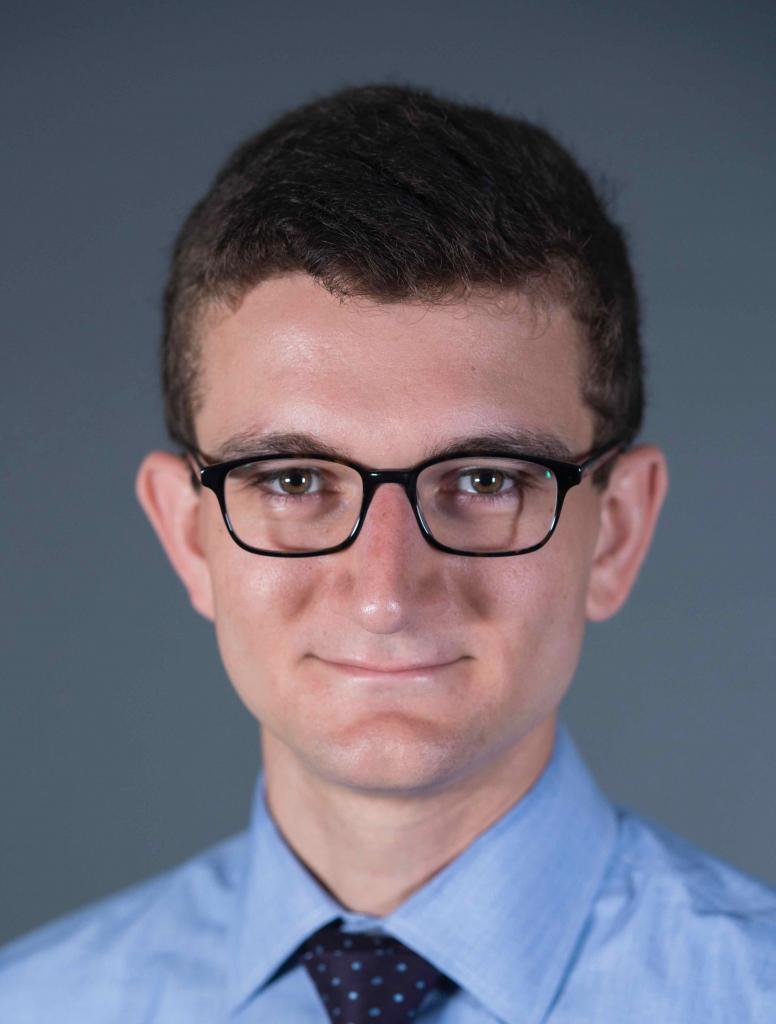
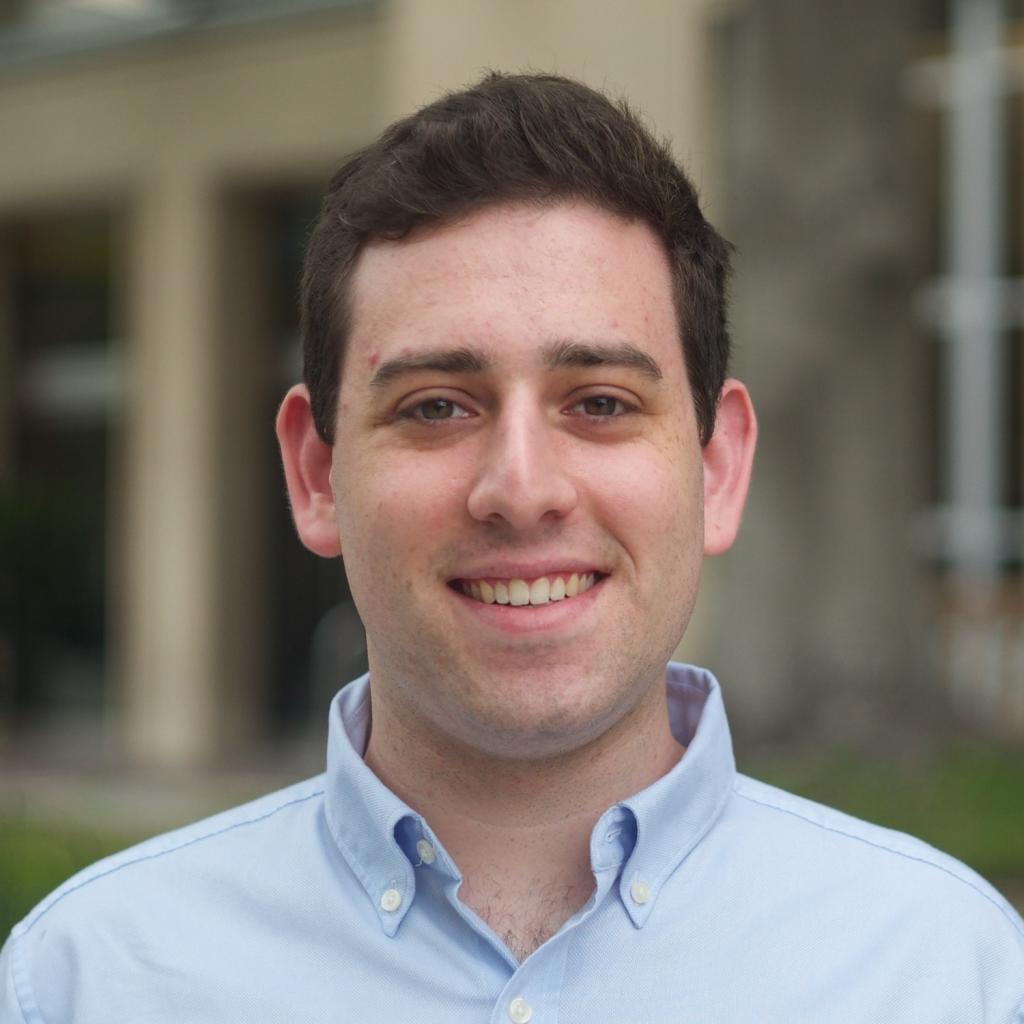

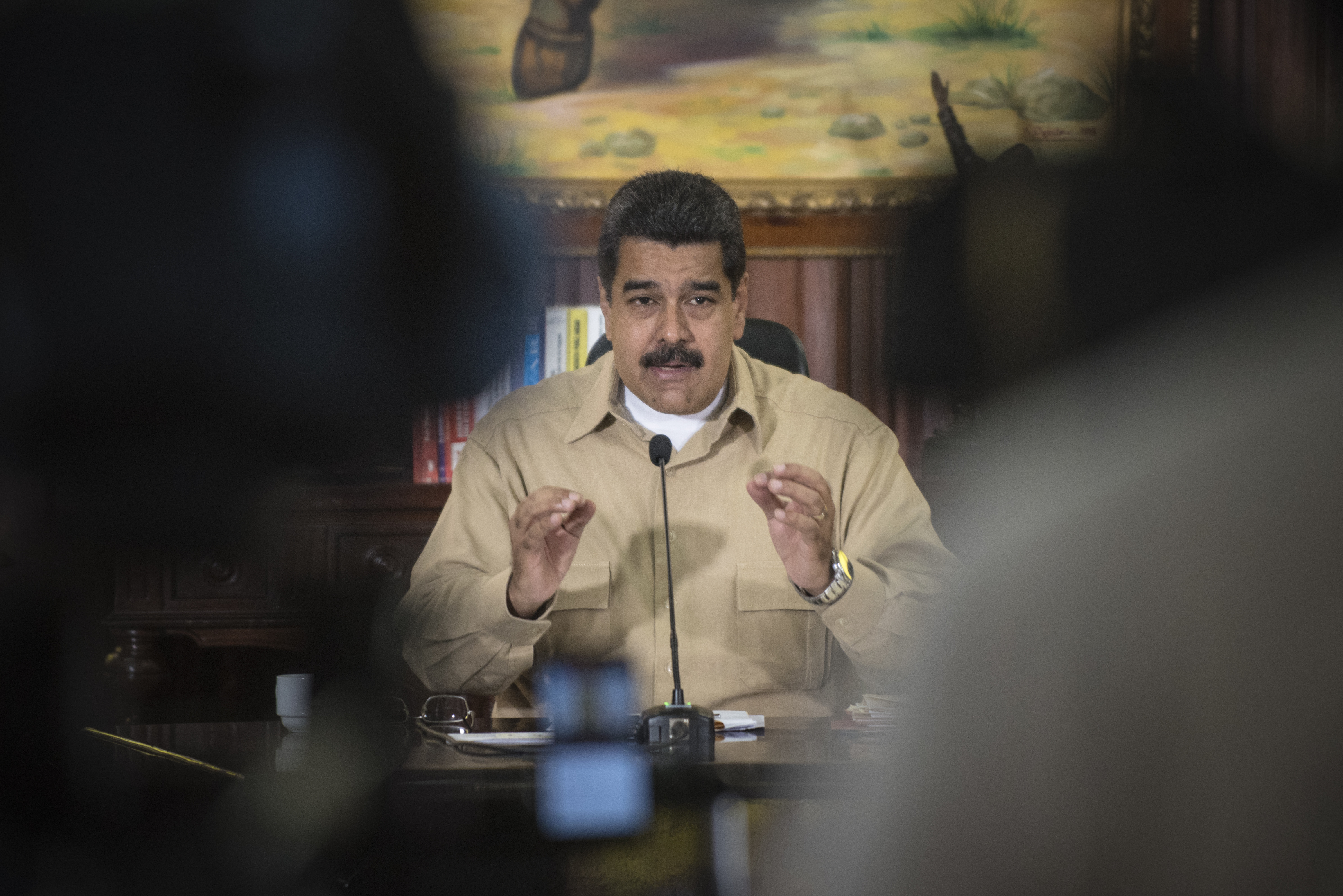
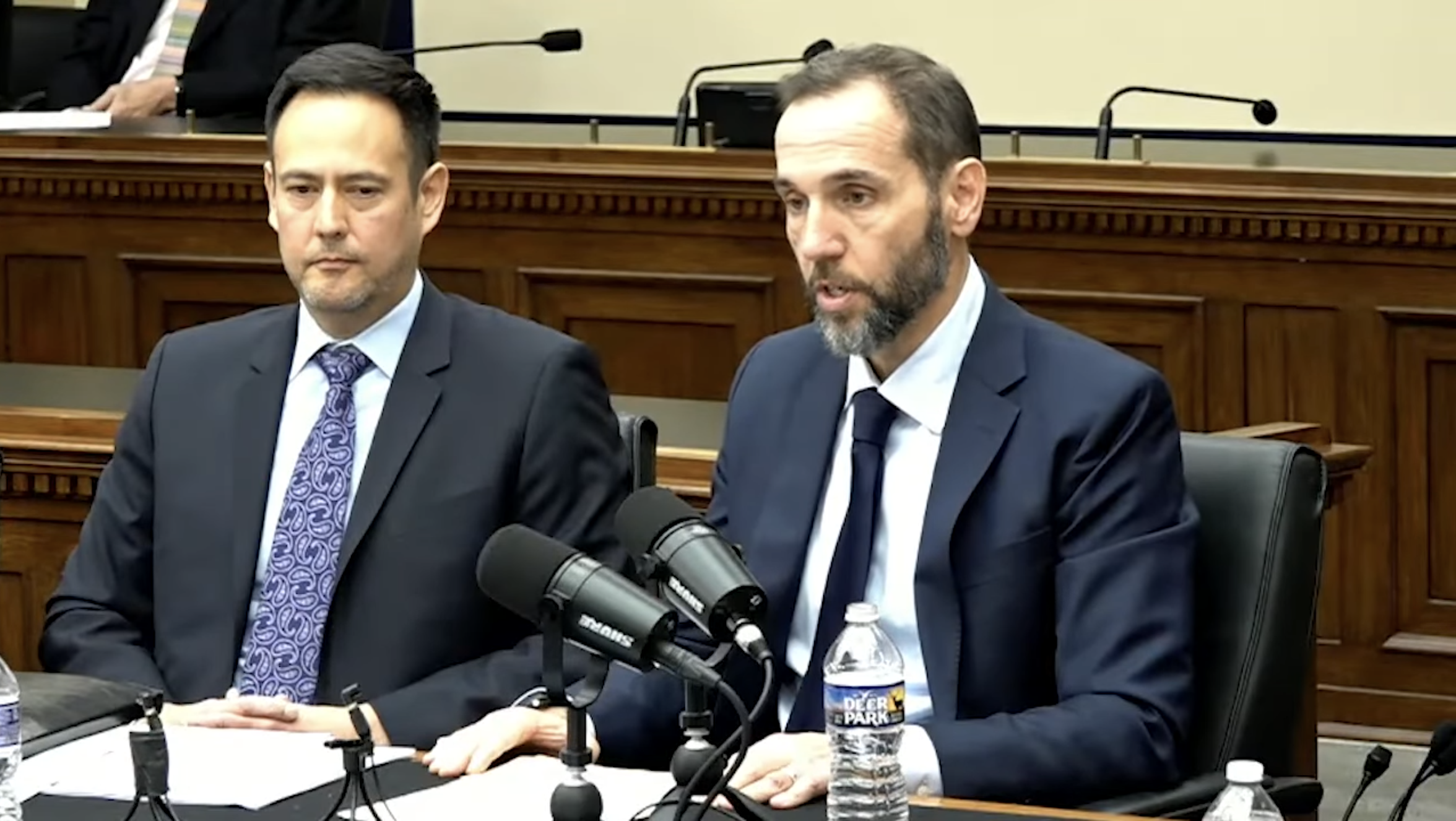
_c.jpg?sfvrsn=9bbcc085_3)
